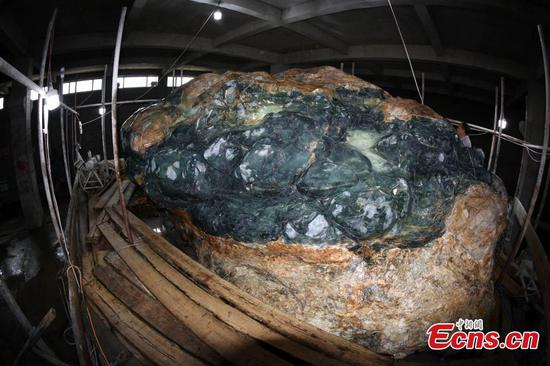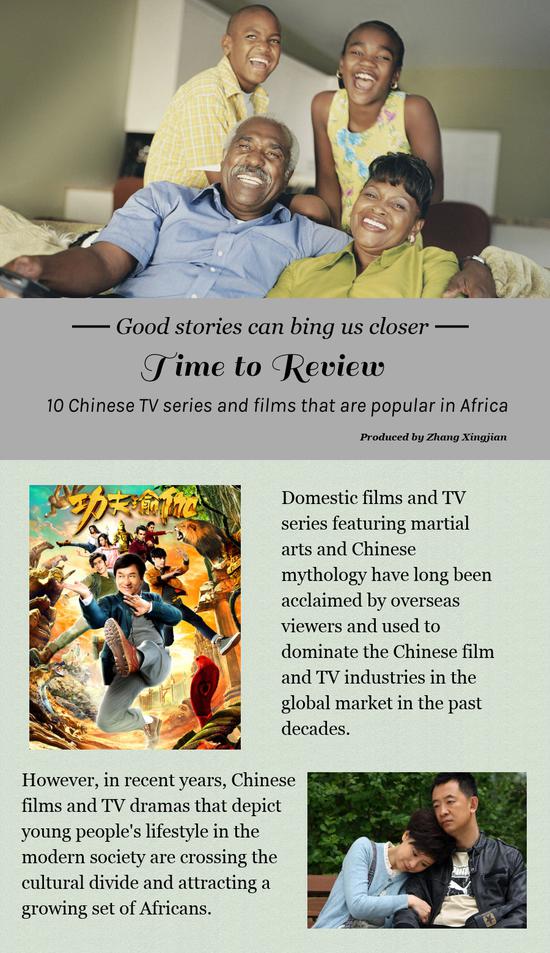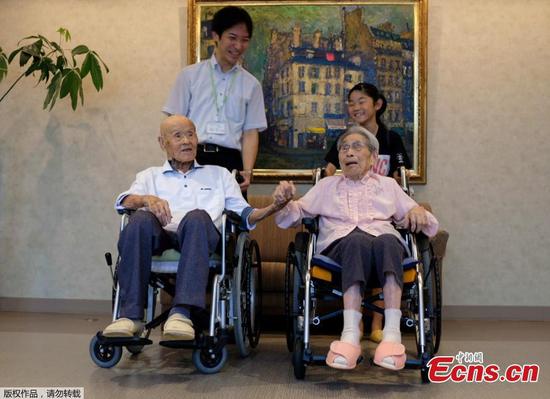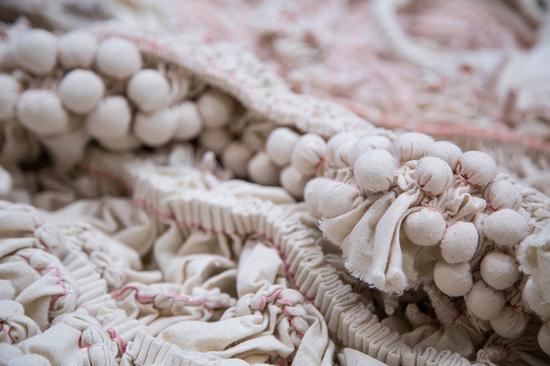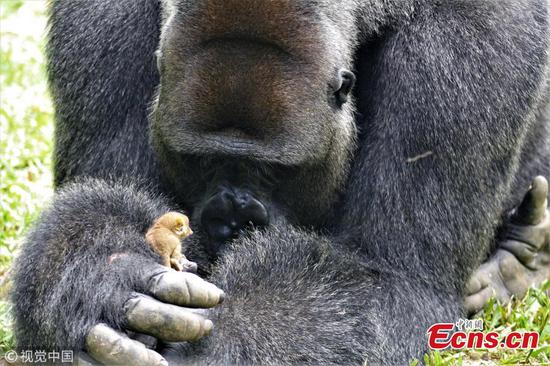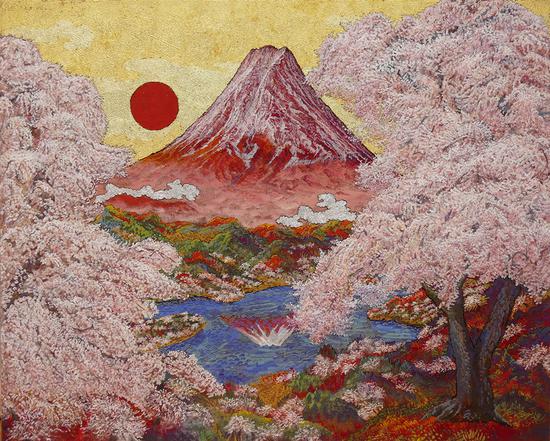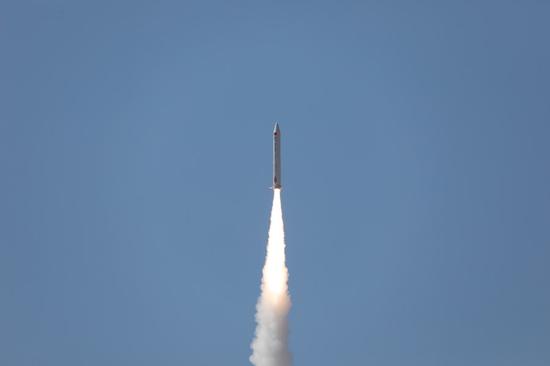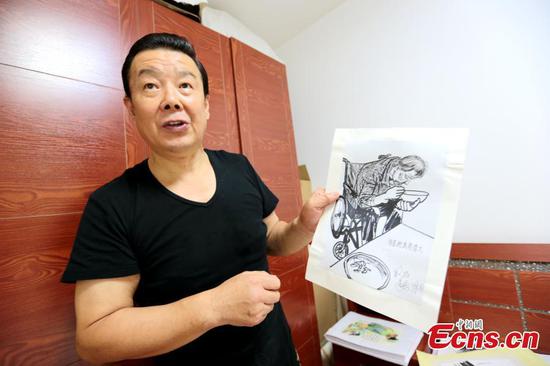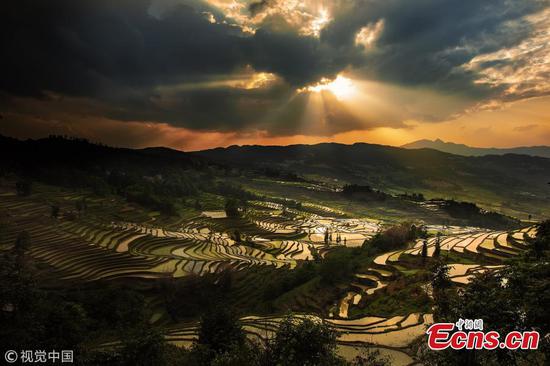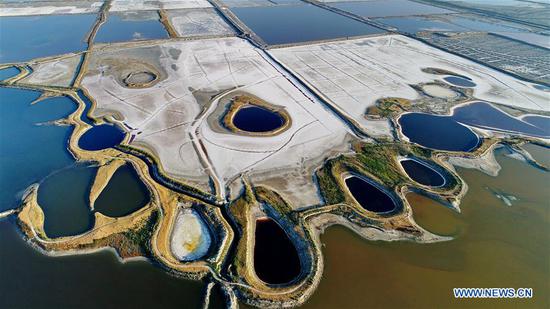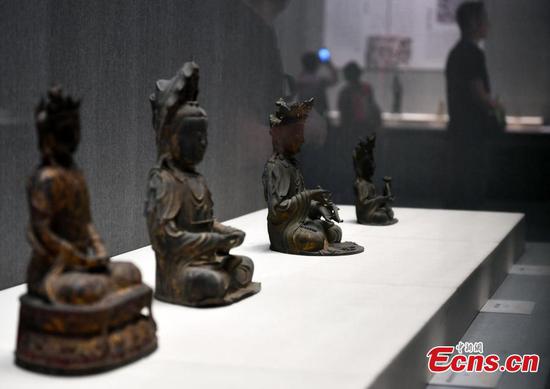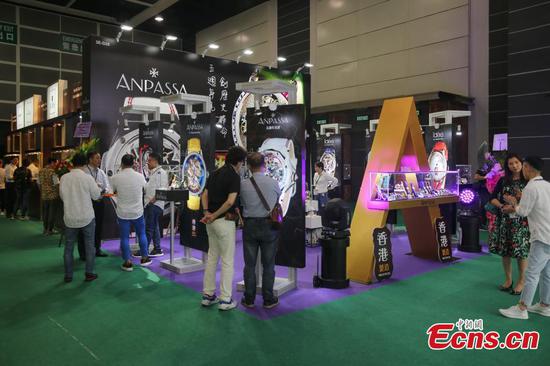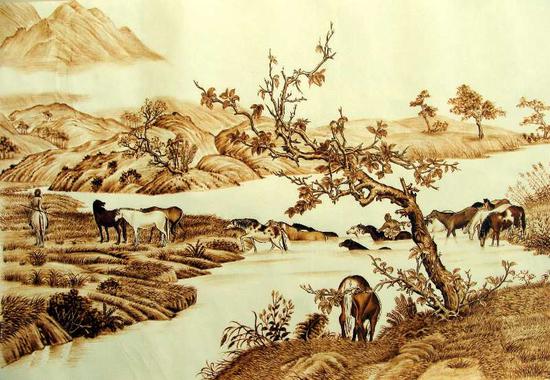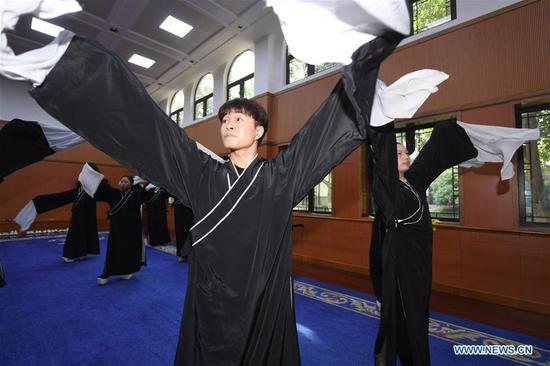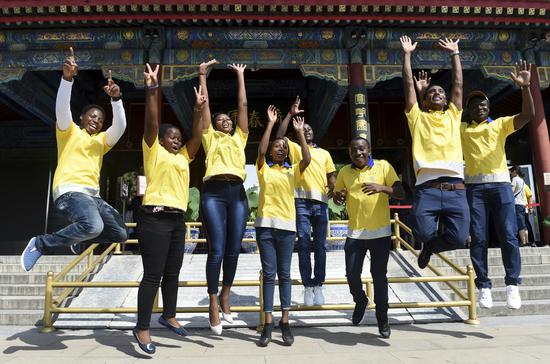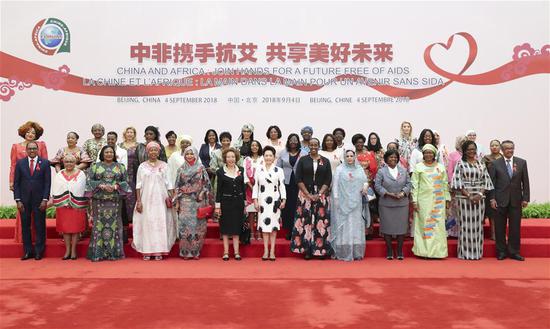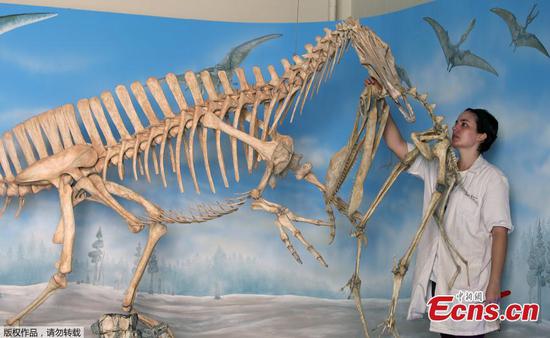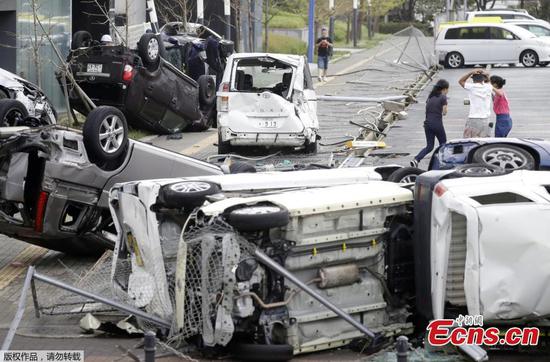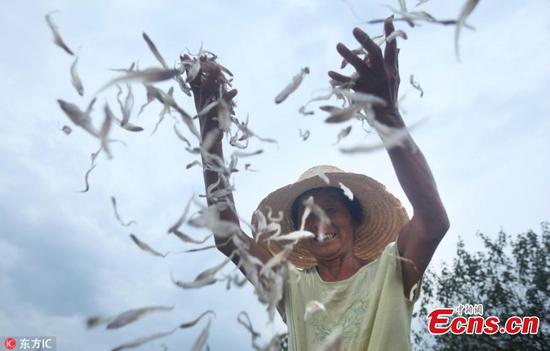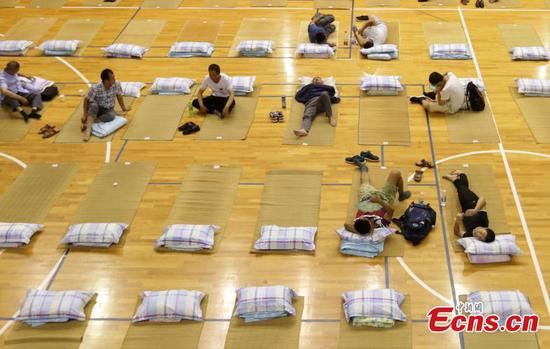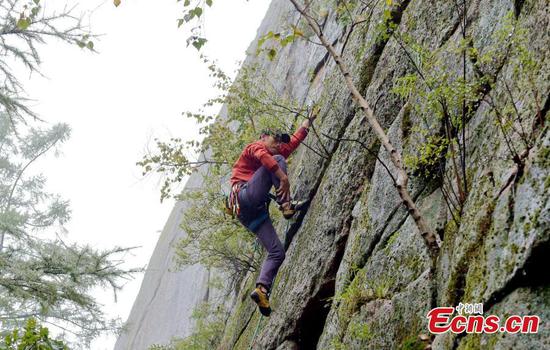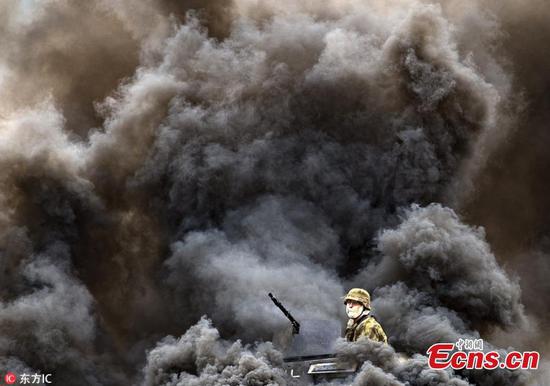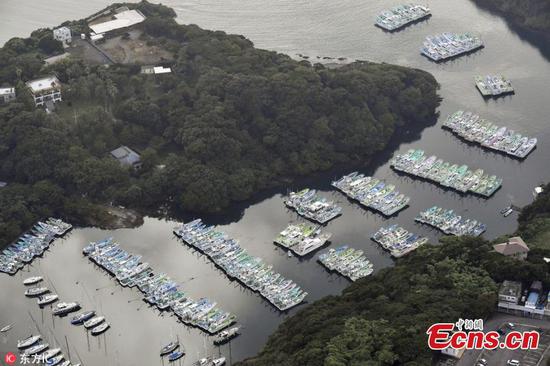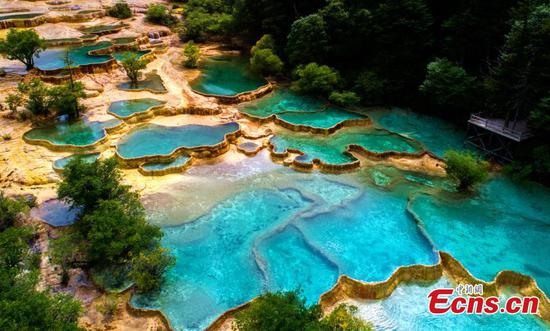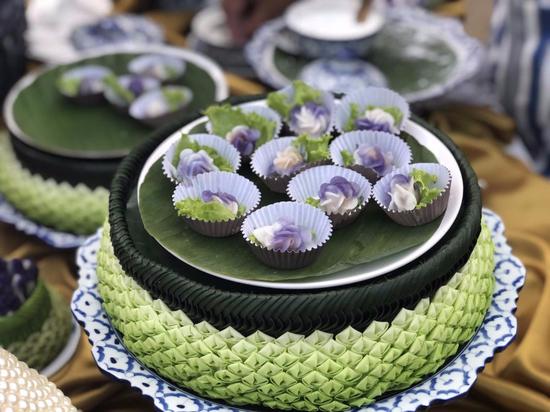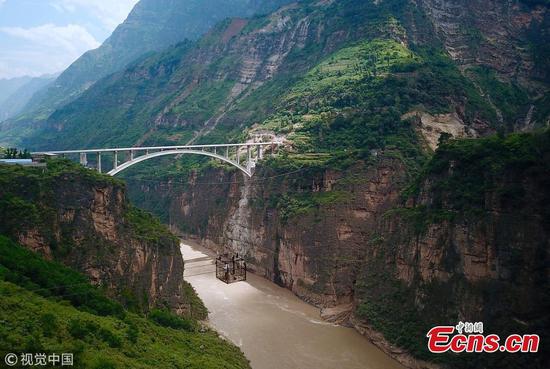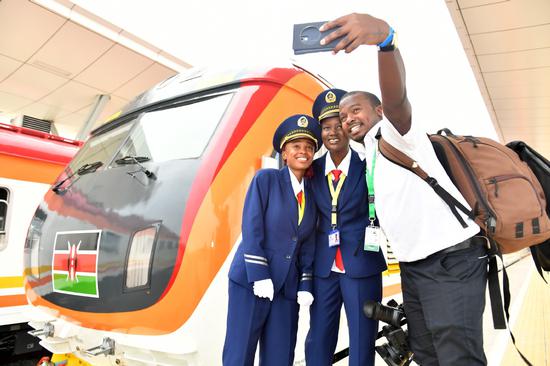Today, hardly anyone in the West knows of the name Giuseppe Castiglione. Even fewer know the name Lang Shining. Yet, if you were to ask a Chinese citizen with even an elementary knowledge of painting, the very opposite would be true, as both these names invoke the greatest affinity and respect.
The fact is that Giuseppe Castiglione and Lang Shining are the same individual, and this person created an artistic revolution by doing something totally unheard of in his day.
Castiglione demonstrated that it was possible to organically combine the best artistic traditions of both Europe and China, creating a new mode of creative expression that had never existed. Castiglione also demonstrated an effective and powerful method of bringing about peace and harmony between two very different cultures - a lesson that today's world could stand to learn.
Early Life
Born in 1688 in Milan, Castiglione mastered the greatest techniques of the Italian Renaissance. After his career as a muralist had only begun, the talented young artist, who had recently joined the Jesuits, was tasked with an incredible challenge.
The Qing Dynasty (1644-1911) Kangxi Emperor had recently requested that Jesuit experts in astronomy, painting, cartography and mechanics be sent to his court in the Forbidden City, as the Jesuits had attained a well-earned reputation in science, mechanics and the arts.
Castiglione accepted the challenge with full vigor and applied himself by learning the Chinese language. He arrived in Beijing in 1715 and carried with him the key to unleashing one of the most powerful diplomatic weapons imaginable.
After careful study, Castiglione began painting works that combined Chiaroscuro (the art of light and shadow), linear perspective and Renaissance realism with Chinese aesthetics, poetic symbolism and pigments. With this skill set, he attained what numerous Western artists had failed to do. Chinese aesthetic tastes were considered too different from those of the West, and while the Chinese enthusiastically embraced Western science and mechanics, the arts never resonated properly.
Castiglione's new school of painting was called xianfa (line method) and it quickly became the favored style of the Kangxi Emperor, and continued to gain momentum through Kangxi's son, the Yongzheng Emperor (reign 1723-35). Under Yongzheng, Castiglione completed his most famous paintings Gathering of Auspicious Signs (1723) and the massive scroll One Hundred Steeds and his fame grew ever more. Castiglione's success peaked with Kangxi's grandson, the Qianlong Emperor (reign 1736-96), who loved him like a member of his own family. The Qianlong Emperor protected and championed his favorite artist during a time when it was becoming increasingly dangerous to be a Christian in China due to the regressive and disruptive Rites Controversy. This controversy over whether to let Chinese Christian converts pray to their ancestors was the result of a decades-long effort steered by factions of Dominicans, Franciscans and others within the Catholic church and European courts who sought to undermine the incredible potential a Western and Eastern Renaissance alliance could accomplish both politically and culturally for humanity.
While the Rites Controversy had largely disrupted the trust between East and West by 1734, resulting in the vast majority of Christians being expelled from China, the Qianlong Emperor ensured that a handful of trustworthy and talented missionaries were granted permission to stay in the Forbidden City. While much of the Jesuit-influence in science and engineering projects suffered greatly due to the Rites Controversy, the Qianlong Emperor ensured that no such damage would be done to art and culture.
Working in the court
Under Qianlong, Castiglione was elevated to the position of official court painter as well as an administrator of Imperial Parks, among other titles. It was clear that the emperor recognized the power of Castiglione's artistic expression both to elevate the aesthetic sensibilities of society and also unify the nation politically.
With great insight on keeping the highly fragmented and multi-ethnic Chinese empire unified, Qianlong commissioned Castiglione to represent his image to different constituents, which the Columbia University's Asia for Educators described in the following way:
"To the Tibetans, Qianlong portrayed himself as a re-incarnation of one of the most important bodhisattvas of Tibetan Buddhism, Manjusri; for the Mongols, he took on the role of a Steppe prince who understood their steppe traditions; and to the Han Chinese he portrayed himself as a scholar and a great patron of Chinese Learning and art.''
Castiglione not only revolutionized painting but also copperplate engravings, architecture and even enameling, crafting new techniques and blending styles in Eastern and Western aesthetics.
He even co-published the first treatise on perspective in China called The Science of Vision (Shixue) in 1729 and designed many murals in the Forbidden City for the Qianlong Emperor using styles that were popularized in European cathedrals and theaters.
After Castiglione died in Beijing in 1766, the destructive effects of the Rites Controversy were compounded by two Opium Wars which did nothing for China's openness for Western practices.
Since Deng Xiaoping's opening-up movement over 40 years ago, Lang Shining's name has again risen to the surface of China's collective consciousness. The Belt and Road initiative has provided a new impetus for cultural exchange on a scale never before seen with a cross pollination of Chinese, African, Middle Eastern, Central Asian, Russian and European cultures. While this initiative has been driven principally by infrastructure, science and technological points of economic collaboration, the domain of artistic cross pollination is still only in its earliest form. The study of the accomplishments, techniques and, most importantly, Castiglione's way of thinking must become a serious priority for all Western and Asian thinkers if the full potential of the New Silk Road will be unleashed in the years to come.
Matthew Ehret-Kump is an illustrator, historian, editor and journalist who has been published in 21st Century Science and Technology, Global Research, Executive Intelligence Review, Global Independent Analytics and Sott.net.










